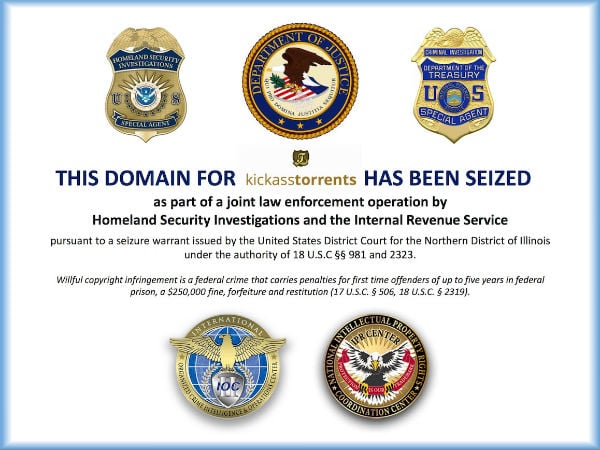January 6, 2016 9622
 Best Android Hacking Tools 2016
Best Android Hacking Tools 2016
I’m going to post some latest best hacking tools 2016 for android and must have tools for every hacker.
As we all know hacking and pen testing is only can be done on computers. But now the world is changing now your mobile is small hacking toolkit 2016 using these apps. Must try all these hacking tools 2016.Here are latest and best android hacking tools,
In the last Defcon conference a new tool has been released by a security researcher and the tool is called “The Android network toolkit”. The has been developed for penetration tester and ethical hackers to test any network and vulnerabilities by using their mobile phones. This toolkit contain different apps that will help any hacker to find vulnerabilities and possibly exploit it. The company behind the app is an Israeli security firm called Zimperium.
Nmap (network mapper) is one the best among different network scanner (port finder) tool, Nmap mainly developed for Unix OS but now it is available on Windows and Android as well. Nmap for android is a Nmap apps for your phone! Once your scan finishes you can e-mail the results. This application is not a official apps but it looks good.
Your Facebook account is at risk, just like a Firesheep (for firefox hacking) there is a FaceNiff for hijacking the session of famous social networking
websites includes facebook and twitter. FaceNiff is developed by Bartosz Ponurkiewicz who created Firesheep before but faceniff is for android OS.
DOS or denial of service attack is very dangerous attack because it takes down the server
(computer).AnDOSid allows security professionals to simulate a DOS attack (A http post flood attack to be exact) and of course a dDOS on a web server, from mobile phones.AnDOSid is designed for security professionals only!
Secure shell or SSH is the best protocol that provides an extra layer of security while you are connecting with your remote machine.SSHDroid is a SSH server implementation for Android.
This application will let you to connect to your device from a PC and execute commands (like “
terminal” and “adb shell”).
Note :- This post is only for security or information purpose, But now the world is changing now your mobile is small hacking toolkit using these apps. Must try all these best hacking apps or hacking tools.
With millions of unique visitors per day KickassTorrents (KAT) was the largest file-sharing site in the world.



 Reply With Quote
Reply With Quote









Bookmarks